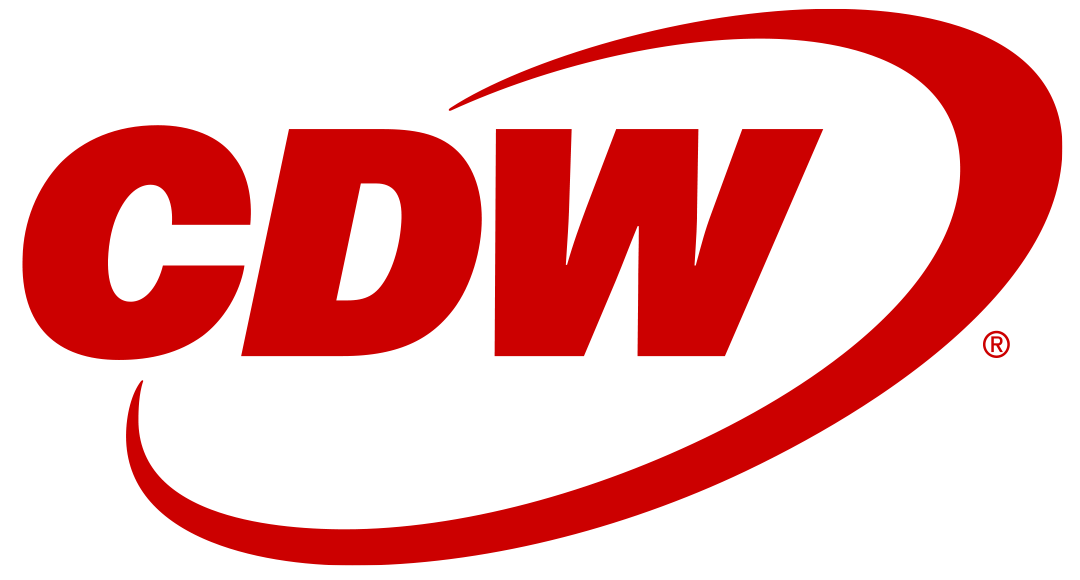It’s ironic that in the technology industry, which is so good at creating tools to improve business processes and promote innovation, so little has changed to improve the way products and services are priced. When done right, with the needs of the customer front of mind, smart technology pricing models can provide a strong incentive for organisations to adopt and expand their technology investment.
Most senior executives understand the critical role that technology plays in their company’s success, but many are still reluctant to invest in digital transformation projects. Their objections usually fall broadly into one or both of two categories: the speed of change of technology and/or the perception of financial and organisational risk.
Both objections can be addressed with reliable and ongoing consultation, backed up by a simple and flexible pricing model. This gives business leaders the assurance they need to know that they can adapt quickly to changing technology advancements without any unwelcome surprises.
Ultimately, organisational leaders want technology to deliver an outcome for their businesses, not a one-off solution. Pricing models need to reflect this need for end-to-end business solutions. They should be transparent, well-communicated and easily interpreted, and of course, they should deliver value for money.
If you’re in the position of making technology buying decisions for your company, you have a lot to consider, and pricing will likely be at the top of your list. Be sure your technology provider can deliver a pricing model that meets the following three key priorities:
1) SIMPLICITY
Pricing models should be predictable, scalable and applicable to the whole platform. Finance teams don’t like surprises or unknown variable costs, so try to steer clear of retroactive billing, and instead, choose solutions that offer fixed, True Forward billing with options that allow you to pay in quarterly or annual instalments, or other profiles to meet budget requirements.
Ideally, select a pricing model that offers common terms and conditions across the entire product suite. This could bring together networking infrastructure, application, collaboration, security, and services into one Enterprise Agreement.
Look for a technology partner that offers co-termination of license options and company-wide service level assurance. You should also be able to work through a specialist integration partner as easily as working directly with the vendor.
There should be no need to bring in a third-party finance company, which introduces another level of complexity. For example, a Cisco customer, who works with CDW for technology solutions and services, can now select to pay for a Cisco Enterprise Agreement order directly with a CDW payment plan. This removes the barrier of risk and reduces further supplier onboarding requirements.
2) flexibiity
The only certainty in the tech industry is change – sometimes steady evolution and occasionally revolutionary change, as we’ve seen with the rise of generative AI. Different organisations have different technology requirements, so solutions must be customisable. That doesn’t mean pricing needs to be complex.
Likewise, as businesses grow or redeploy their resources, technology needs may adapt with pricing models and payment terms to meet these needs.
When analysing a pricing model, be sure that it includes access to add-ons and new software capabilities, as well as on demand deployment of solutions. If your needs change, you may want to convert an annual license to a multi-year license deal to ensure you can take advantage of multi-year discounts and avoid potential inflation increases or FX fluctuations.
Or, instead of paying upfront, you may want to spread the cost over multiple years for improved liquidity within your business without incurring extra costs.
3) VALUE
Value in the form of return on investment should be a mantra when it comes to digital transformation. That’s one reason finance leaders are increasingly transitioning capital expenses from an owned (CapEx) model to a financed (OpEx) model. OpEx accounting is often simpler and usually more cost-efficient, because operating expenses can typically be fully deducted in the year they are incurred.
This may reduce income taxes for the year and produce immediate cashflow benefits. By locking in costs for multi-year licences, you can be billed in annually or quarterly instalments. You lock in the full deal value upfront and benefit from the scale of economy of a multi-year licence order. Some technology companies also offer the option to spread the cost of enterprise agreements over one to five years.
Technology transformation projects are a big commitment. However, they don’t have to be a big risk. With a favourable pricing plan to meet budgets or project milestones, operating in an OpEx model, enterprise business leaders can adapt and evolve their requirements as needed.
They can do this without the upfront investment or the ‘one-and-done’ service approach still offered by some tech vendors. Now more than ever, technology transformation should be seen as a partnership between the tech provider and the enterprise, and that means a payment plan that’s simple, flexible, and provides the value that sets the stage for a long-term partnership.



